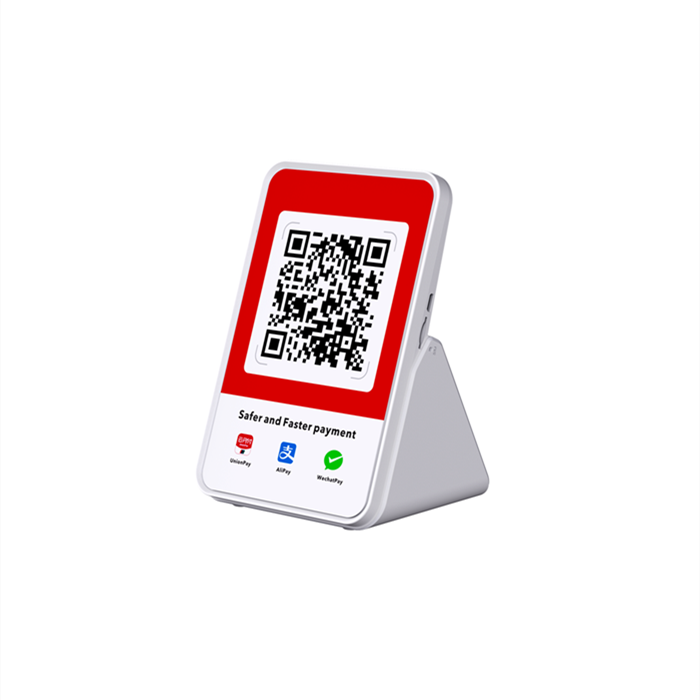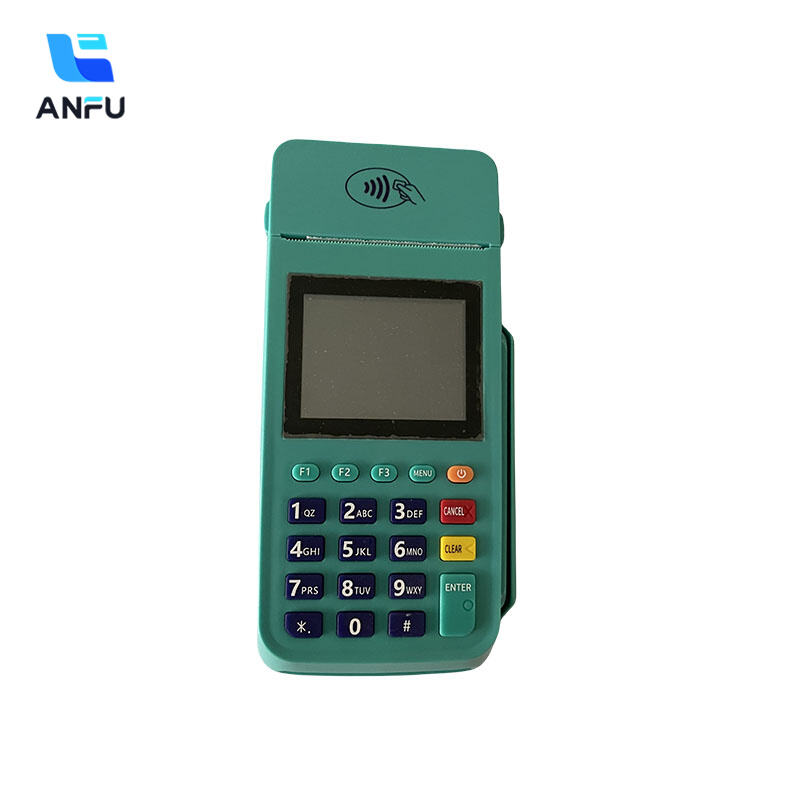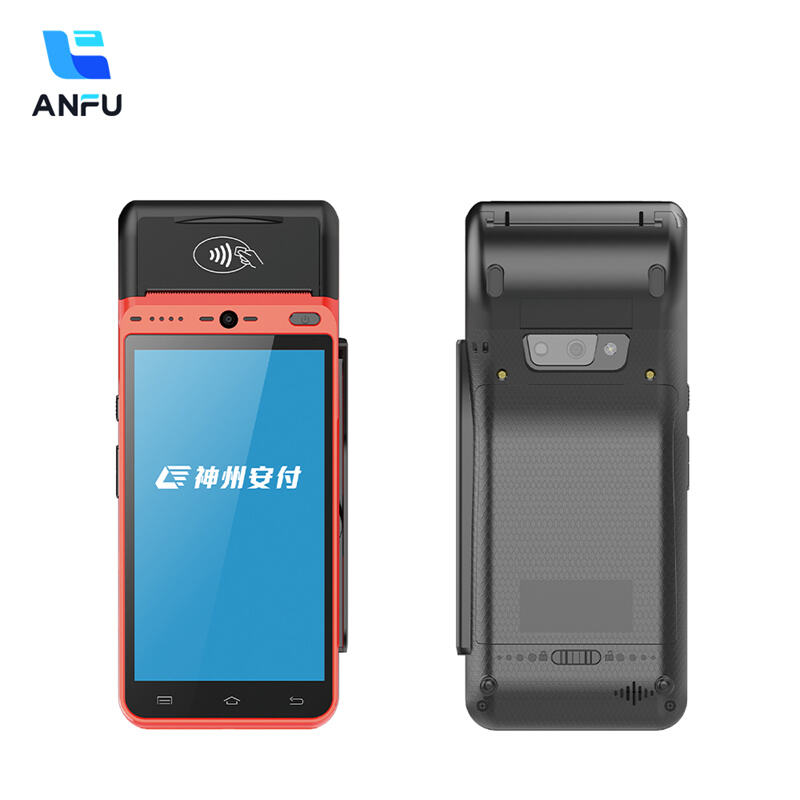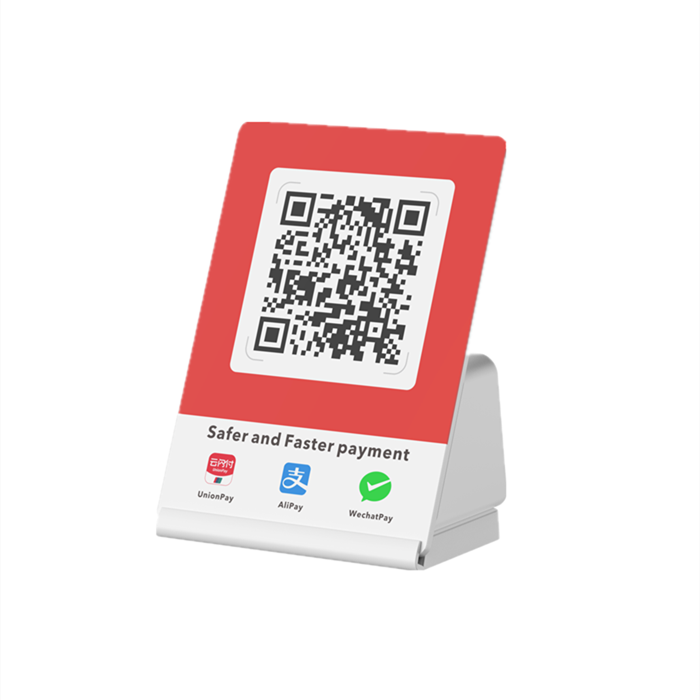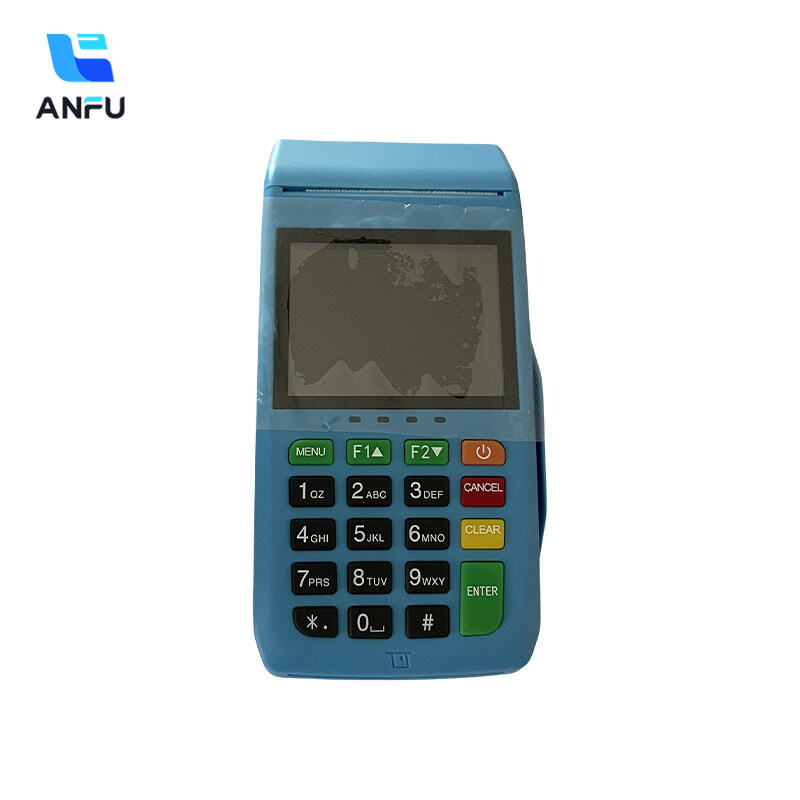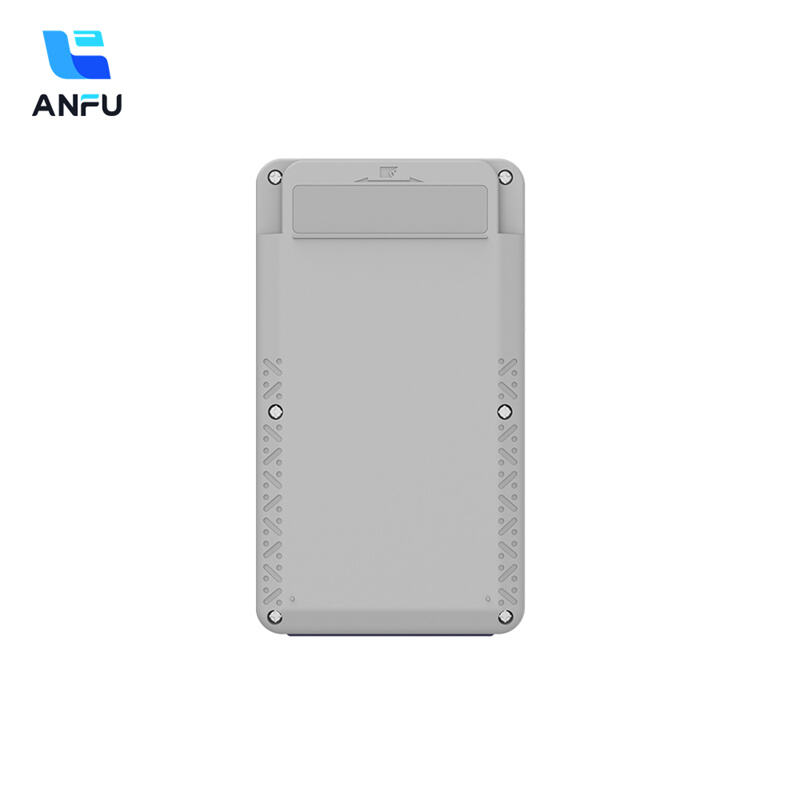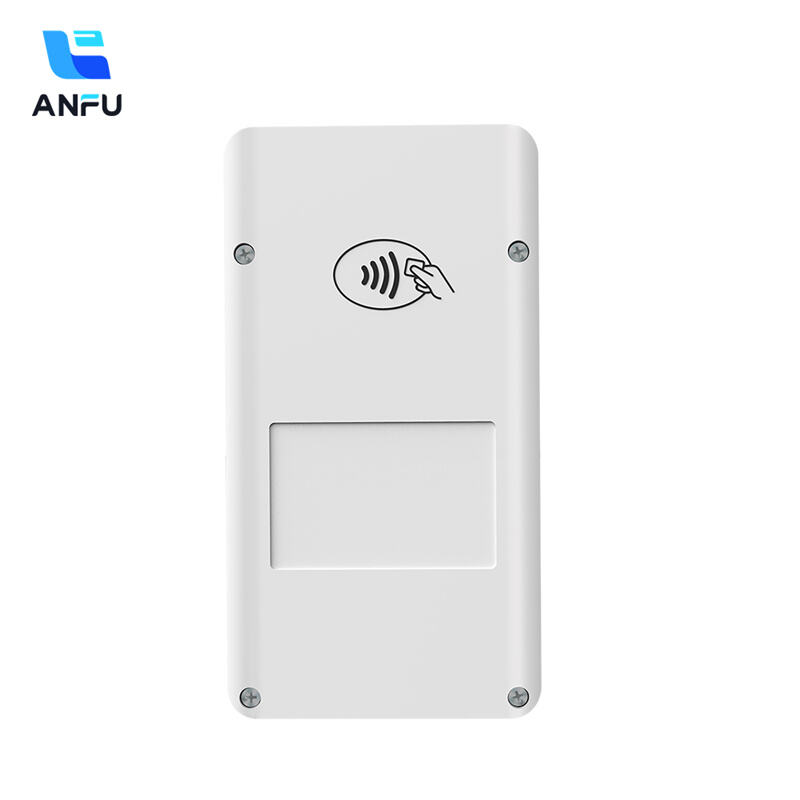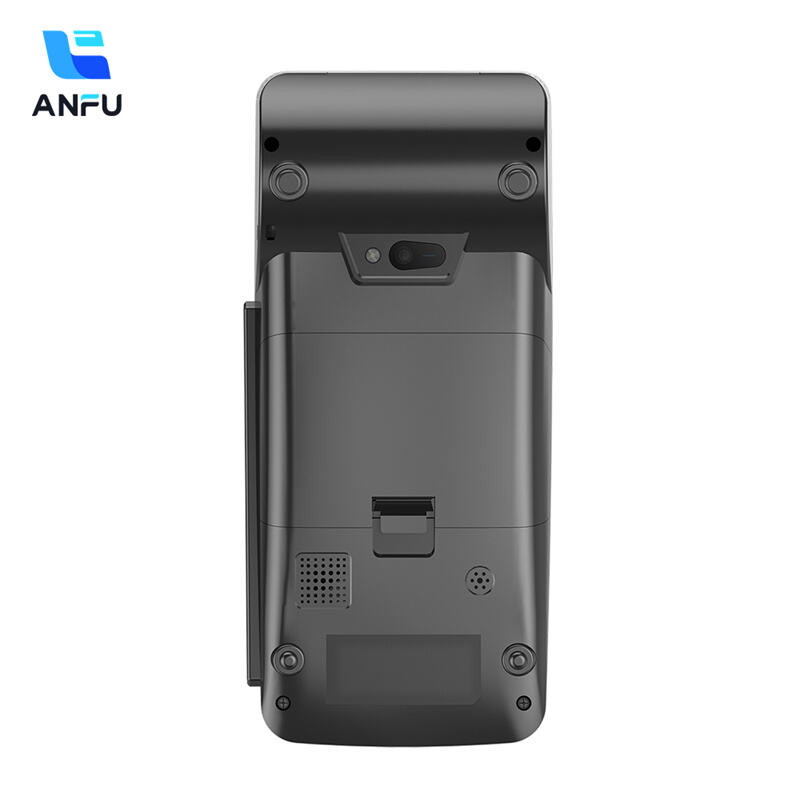Upgrade Your Business with Mini Android POS Mobility
The Evolution of POS Systems: Embracing Mini Android Mobility
From Bulky Registers to Pocket-Sized Power
Retail and hospitality industries have seen major changes as businesses move away from those old, heavy cash registers toward modern mini Android POS systems. Back in the day, stores were stuck with these big machines that took up space and made it hard for staff to move around freely, which became a real problem when customers wanted faster service or different shopping experiences. Technology brought about this big change, and now merchants can process payments anywhere they need to. These compact Android devices make running a business much easier since they fit in pockets and work just as well as desktop systems did before. Market research shows that many small businesses are jumping on board with mobile POS solutions right now. Some reports suggest adoption rates could climb by nearly 20 percent each year, showing how quickly these portable systems are becoming standard equipment across various industries.
Android OS: The Game-Changer in Payment Technology
The Android operating system has really changed how payments work for businesses across the board. What makes Android stand out is not just its easy-to-use interface but also because it's open source, which means companies can customize point-of-sale systems exactly how they want them. This flexibility has let outside developers create all sorts of useful apps that make transactions smoother and customers happier overall. Many people in the industry talk about how Android systems save money while still growing with businesses as they expand. Take restaurants for example where competition runs fierce, switching to an Android based POS setup gives owners something extra compared to rivals since these systems integrate so well together and come packed with tons of different applications ready to go right away. That's why more and more modern businesses are choosing Android when setting up their payment infrastructure.
Key Features of Modern Mini Android POS Devices
Compact Design for On-the-Go Transactions
Mini Android POS devices with their ergonomic design really hit the mark for businesses needing to stay on the move during operations. What makes these gadgets stand out is how they fit into different workspaces without taking up much room at all. Take restaurants for example where servers can now walk around with these little terminals, taking orders right at guests' tables which definitely improves the overall dining atmosphere. Retail stores benefit too since employees aren't stuck behind counters anymore. They can actually talk to shoppers throughout the entire store, answer questions instantly and complete transactions wherever customers happen to be browsing. Business owners who've switched to these portable systems report things getting done faster and happier customers coming back again and again. Many mention seeing a noticeable difference in how smoothly daily operations run after making the changeover from traditional fixed stations.
Wireless Connectivity Options (4G/WiFi/Bluetooth)
Getting wireless connectivity right makes all the difference when it comes to how well mini Android POS devices work for everyday users and how fast transactions go through. These systems come with different connection options like 4G networks, WiFi access points, and Bluetooth pairing capabilities. That flexibility means they can be used almost anywhere from temporary pop-up shops to places far away from regular internet connections. Take food trucks for instance they often need to process payments quickly in busy street corners where running cables just isn't practical. Meanwhile brick and mortar stores tend to stick with stable WiFi connections so their checkout counters stay online without hiccups. The numbers back this up too businesses report happier customers when there aren't constant payment failures or slow processing times during peak hours.
EMV Compliance & Contactless Payment Support
Getting EMV compliant on those mini Android POS systems isn't just good practice it's basically table stakes these days if we want to stop fraud and handle those liability changes the card networks keep throwing our way. When merchants stick with compliance, they actually get protection from all sorts of sketchy activity while keeping transactions safe for everyone involved. We're seeing something interesting happening too consumers are moving en masse toward contactless options. More people than ever prefer tapping their cards or pulling out their phones to pay through Apple Pay or Google Wallet because it's just so much faster and easier. The payment processor folks have been tracking this trend closely, and what they find is pretty telling contactless payments speed things up significantly and make security better across the board. This means shops can satisfy customers who want fast checkout without sacrificing safety, plus they stay ahead of those ever changing regulations.
Boosting Business Agility with Mobile POS Solutions
Tablet-Based Operations for Floor Sales
Tablet based point of sale systems are changing the game for businesses when it comes to selling on the floor. Staff can now walk around the store instead of being stuck behind counters, which means they can talk to customers wherever they happen to be shopping and complete purchases right there on site. Retail stores and restaurants have seen big benefits from this kind of flexibility. Customer service gets better because employees aren't tied down to registers anymore, plus people don't have to wait in long lines. One major clothing retailer switched to tablets across all their locations and saw checkout times drop by about 30%. That translates to happier shoppers who leave with their items faster. According to market research firms tracking these trends, mobile POS setups really do help streamline daily operations. Most smart business owners now see tablets as essential tools rather than just fancy gadgets sitting around collecting dust.
Real-Time Inventory Tracking via Cloud Sync
Keeping track of inventory in real time plays a big role in keeping stock at just the right level while making supply chains work better. When businesses sync their inventory through the cloud, they get updates automatically across all their locations, which cuts down on having too much stuff sitting around or running out completely. The ability to see exactly what's in stock right now makes day-to-day operations smoother because managers don't have to guess when restocking is needed. Some studies show that stores using cloud connected point-of-sale systems saw about 20 percent fewer problems with inventory counts being wrong. Mobile POS tech really helps here since staff can check stock levels from anywhere, not just behind the counter. For small businesses especially, this kind of visibility means smarter spending on inventory and better customer service when products are actually available.
Customizable Interfaces for Industry-Specific Needs
Being able to customize POS functions for different industries really makes all the difference for lots of businesses out there. The customizable interfaces let companies across various fields like restaurants, retail stores, and even healthcare facilities tweak their systems based on how they actually operate day to day. Staff members work better when everything fits their workflow, and customers tend to be happier too. Take those big restaurant chains for instance who switched to custom built POS systems. They saw明显 improvements with faster table turnover times and people coming back more often. Some business owners report around 25 percent boost in how efficiently things run after making these changes. Beyond just saving time, these customized setups help keep businesses ahead of the curve in markets where competition gets tougher every year.
Implementation Strategies for Seamless Upgrades
Assessing Hardware Compatibility
Checking if current hardware works with new mini Android POS systems matters a lot when upgrading. Before jumping in, companies need to figure out if their old gear can handle these newer setups so they don't end up spending extra money on brand new equipment unnecessarily. When looking at what's compatible, there are several things worth checking first. Processor power, how much memory is available, and what kind of connections exist all play important roles here. Some real world examples might help too. Take a look at what other businesses did when they tried integrating upgraded systems alongside their older hardware. Those stories often reveal common problems people run into plus some clever fixes they found along the way.
Data Migration Best Practices
Good data migration plans help keep operations running smoothly while protecting valuable information when switching systems. Planning comes first obviously. The best approach starts by figuring out exactly what data needs moving where, then setting realistic deadlines for each step along the way. Specialized tools make all the difference here too. Automated software handles most of the heavy lifting these days, and good backup systems act as safety nets just in case something goes wrong. Take AccuPOS for instance they recently moved their entire database without missing a beat thanks to careful preparation and solid contingency plans. Their experience shows why businesses need strong frameworks in place plus access to expert support throughout the whole process.
Staff Training for Mobile Workflow Adoption
Getting staff properly trained makes all the difference when bringing in mobile POS systems. When workers understand how these new systems work and feel confident using them, everyone benefits. Productivity goes up and customers tend to be happier too. Good training programs usually mix different approaches. Some people learn best by doing actual practice sessions at the terminal, while others prefer watching instructional videos or reading guides on their own time. We've seen businesses that invested in tailored training modules for different roles report better results overall. The connection between solid training and better performance isn't just theory either. Stores where staff are comfortable with the technology typically see faster transactions and fewer errors, which translates directly into satisfied customers walking through the door.
Future-Proofing with Android POS Technology
Automatic Security Updates
Security updates happening automatically really matter when it comes to keeping businesses safe from new cyber dangers out there. When companies keep their systems updated on a regular basis, they basically create a wall against those weaknesses hackers always look for. Beyond just making systems stronger, these updates actually help build trust with customers too. People notice when a company cares about keeping transactions secure, which definitely boosts how they view the brand overall. Research into this area shows pretty clearly that getting updates done on time stops a lot of problems before they start. Some data even suggests around 80 percent of possible cyber attacks never happen because someone applied an update first. Not bad for something so straightforward.
Integration with AI-Powered Analytics
When businesses integrate AI analytics into their point of sale systems, they gain something really valuable from all that transaction data. The software spots trends in how customers actually shop, which helps managers make smarter decisions before problems even happen and keeps operations running smoother than before. Take inventory management as one example. AI looks at past sales and current stock levels to predict what products will be needed next week or month. This means less food going bad on shelves and better service when shoppers want specific items. People who know the tech industry well, including folks writing for Tech.co lately, have been talking about how AI is changing retail forever. They point out that stores using these tools see real improvements in how they connect with customers day after day while also squeezing more profits out of every dollar spent on marketing and staffing.
Scalability for Multi-Location Operations
For companies running several stores or branches, scalability matters a lot. That's where mini Android POS systems really shine when businesses want to grow or expand operations. The flexible setup lets these systems handle new locations without breaking a sweat, keeping everything running smoothly across all sites from one central point. Looking at what's happening in the market right now shows a clear shift towards mobile POS tech. Around 60% of businesses managing multiple locations have mentioned they chose this approach because it adapts well to different situations and saves time on daily tasks. What makes these systems so valuable is how they keep all operations in sync no matter where the physical locations might be situated geographically.
Recommended Products
Hot News
-
Smart Card 2019
2024-01-23
-
Trustech 2019
2024-01-12
-
Futurecom 2019
2024-01-12
-
Seamless Payments Asia 2020
2024-01-12
-
Seamless Middle East 2022
2024-01-12

 EN
EN
 AR
AR
 BG
BG
 CS
CS
 DA
DA
 NL
NL
 FR
FR
 IT
IT
 JA
JA
 KO
KO
 PL
PL
 PT
PT
 RU
RU
 ES
ES
 TL
TL
 ID
ID
 LT
LT
 UK
UK
 VI
VI
 HU
HU
 MT
MT
 TH
TH
 TR
TR
 FA
FA
 AF
AF
 MS
MS
 MK
MK
 HY
HY
 AZ
AZ
 KA
KA
 BN
BN
 BS
BS
 LO
LO
 MN
MN
 NE
NE
 ZU
ZU
 MY
MY
 KK
KK
 UZ
UZ
 KY
KY
